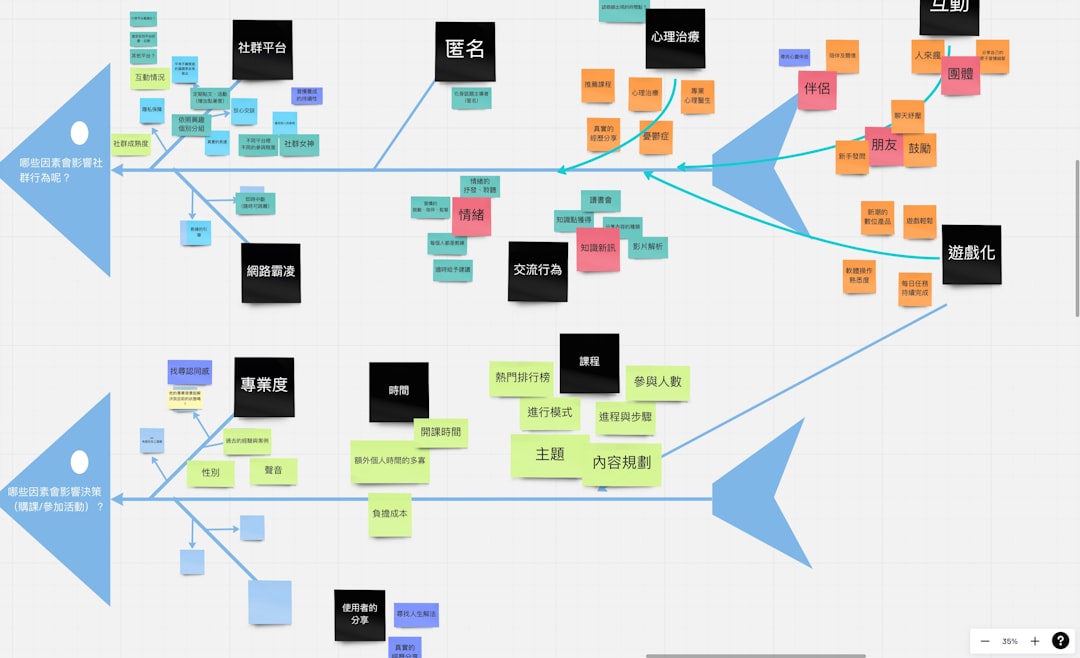No products in the cart.
Navigating Influence in Complex Organizations
Explore strategies to enhance your influence across organizational boundaries, essential for career advancement and effective leadership.
New York, USA — In today’s fast-paced corporate landscape, the ability to influence across organizational boundaries is more critical than ever. As businesses adopt matrix structures and embrace cross-functional teams, professionals must develop effective strategies to navigate complex relationships and drive results.
Cross-functional influence is the art of persuading stakeholders beyond your immediate team or department. This skill is essential in a world where collaboration is key to innovation and success. According to a survey by McKinsey, 85% of executives agree that collaboration is crucial for organizational success, yet only 20% feel their organizations excel at it [1].

The New Workplace Landscape
The rise of remote work and digital transformation has redefined the workplace. According to Gartner, 47% of organizations are expected to allow remote work on a permanent basis by 2025 [2]. This shift has blurred the lines between traditional hierarchies, making influence across boundaries even more vital.
In a matrix organization, employees often report to multiple managers and work on various projects simultaneously. This structure can lead to conflicting priorities, making it essential for individuals to build relationships and establish credibility across teams. Experts suggest leveraging emotional intelligence and active listening as foundational skills for building influence. Understanding the motivations and concerns of others allows you to tailor your approach and foster collaboration.
Techniques for Effective Boundary-Spanning Leadership One effective technique for influence is the “relationship bank account” concept, popularized by Stephen Covey.
Techniques for Effective Boundary-Spanning Leadership
One effective technique for influence is the “relationship bank account” concept, popularized by Stephen Covey. This approach suggests that every interaction builds or withdraws from a metaphorical bank account of trust with colleagues. To build influence, professionals should prioritize transparency, reliability, and empathy in their interactions. A study by the Harvard Business Review found that teams with high levels of trust outperform their peers by 25% [3].
Additionally, fostering a culture of open communication is crucial. Encouraging feedback and actively seeking input from team members can create a sense of ownership and investment in collective goals. A report from Deloitte emphasizes that organizations with high levels of employee engagement see 21% greater profitability [4]. Engaged employees are more likely to advocate for their peers and collaborate across boundaries.
Overcoming Challenges in Influence
Despite the benefits of cross-functional influence, professionals often face challenges. Resistance from peers, competing priorities, and organizational silos can hinder efforts. It’s essential to recognize these barriers and develop strategies to overcome them.
One approach is to identify key stakeholders early in a project and engage them in the decision-making process. This not only aligns interests but also empowers others, fostering a collaborative environment. Additionally, showcasing quick wins can build momentum and demonstrate the value of collaboration. By highlighting successful outcomes, you can inspire others to follow suit.
By highlighting successful outcomes, you can inspire others to follow suit.
Looking Ahead
The future of work is undoubtedly collaborative. As organizations continue to evolve, the demand for professionals who can navigate complexity and influence across boundaries will only grow. Developing these skills not only enhances career prospects but also contributes to a more cohesive and innovative workplace. Ultimately, those who master the art of influence will not only thrive in their careers but also drive meaningful change within their organizations.











